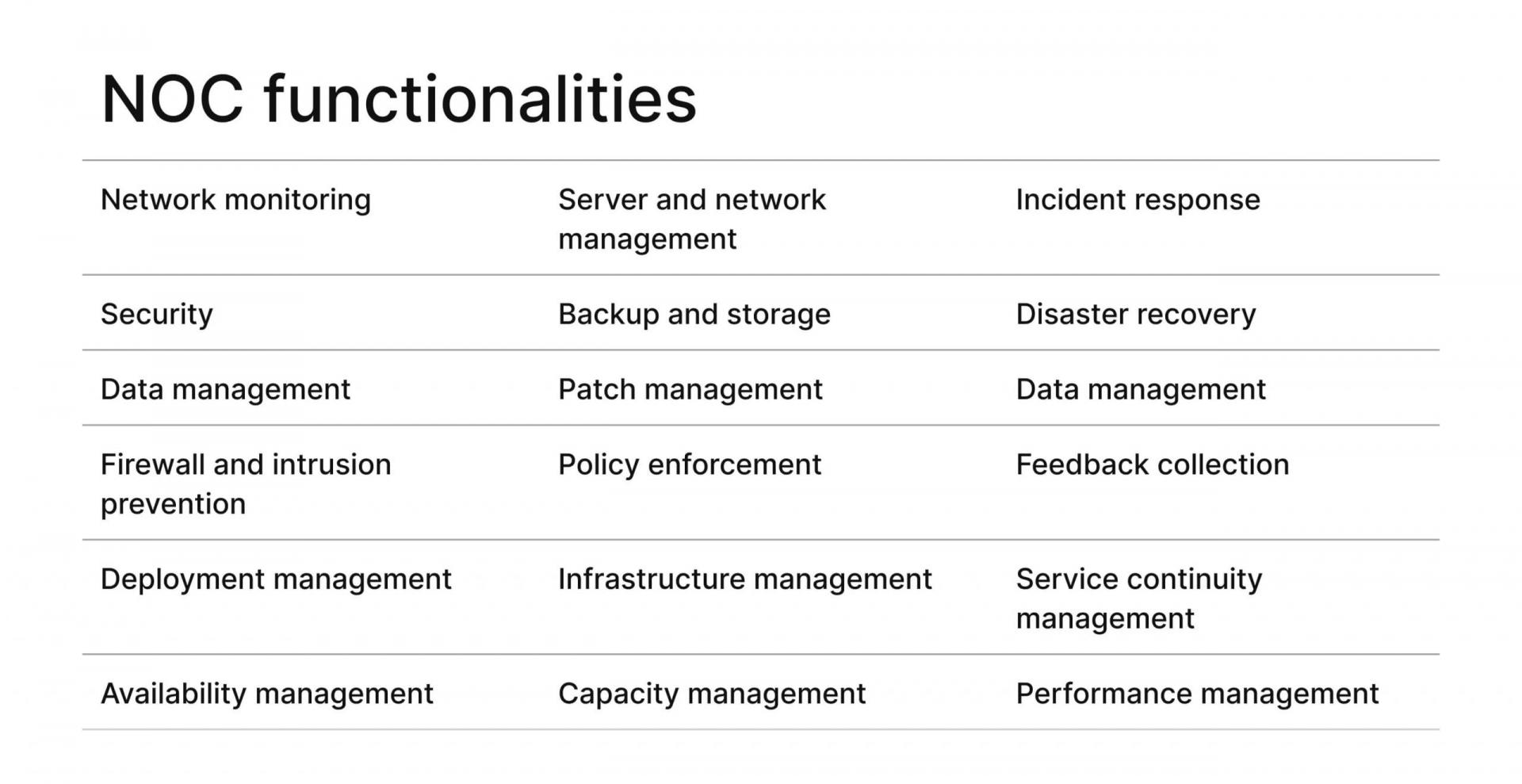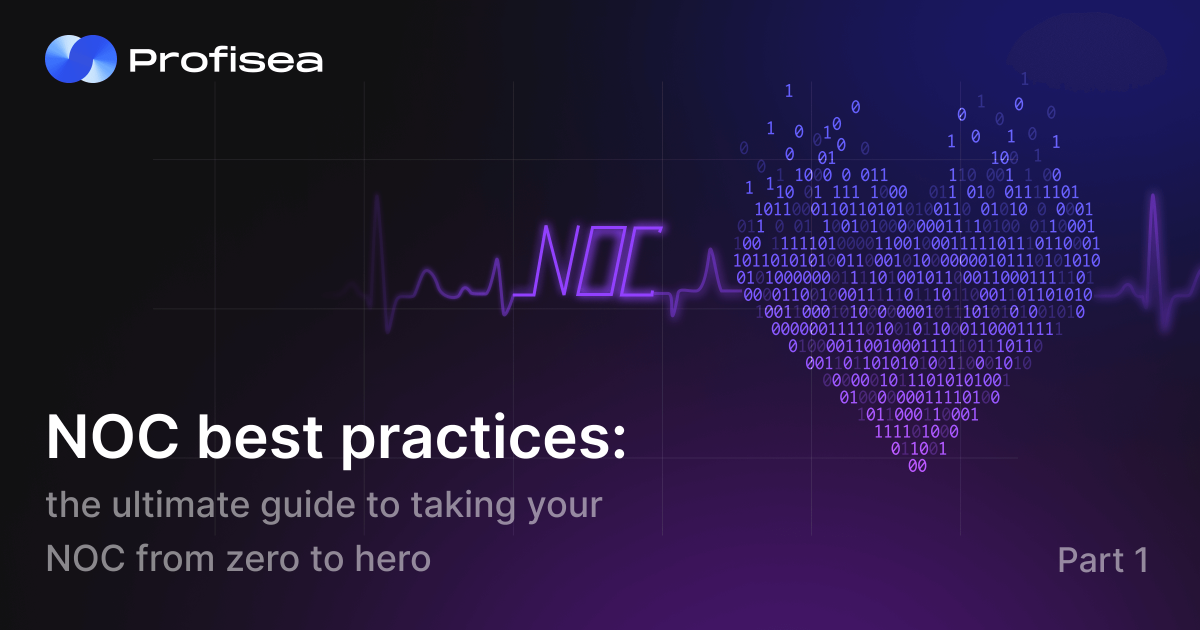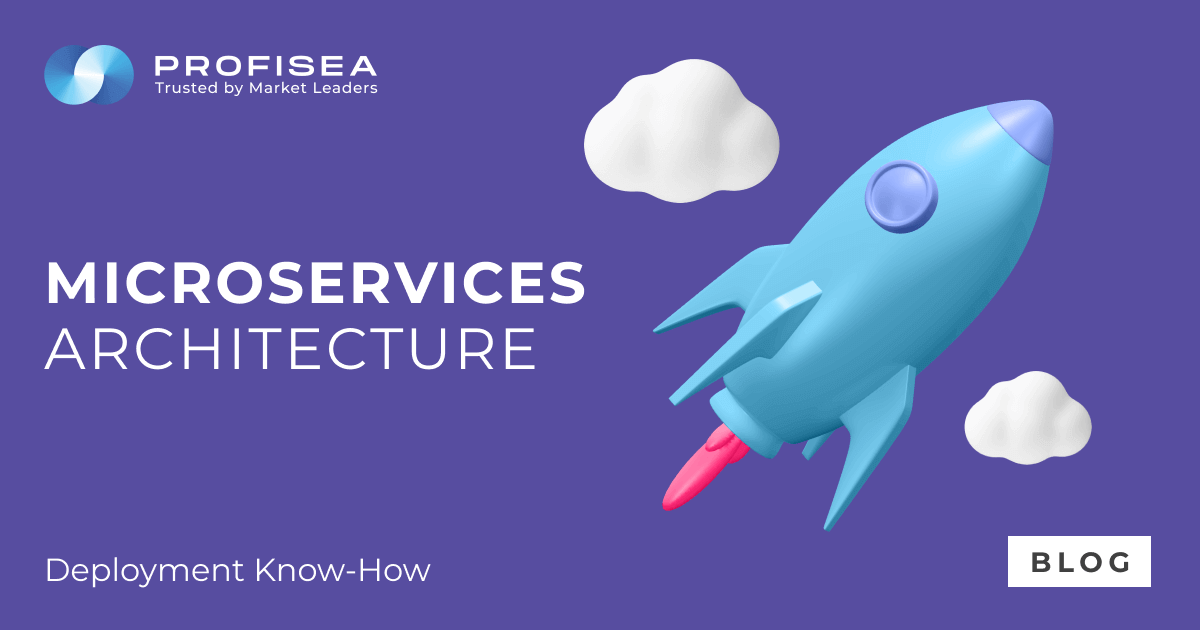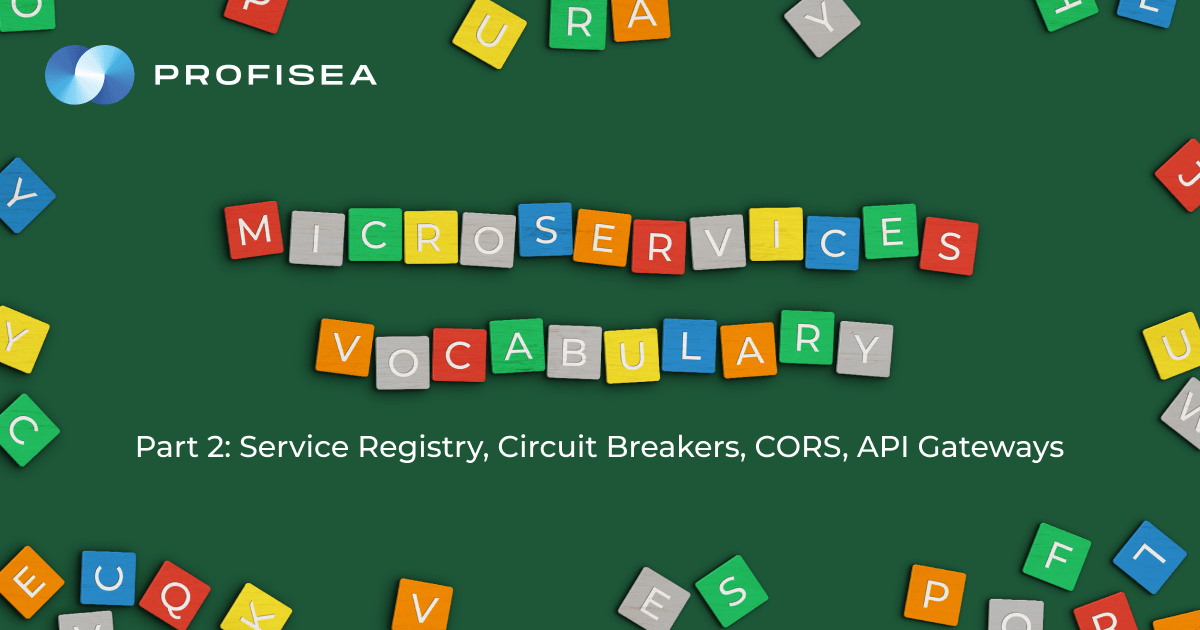NOC Best Practices: The Ultimate Guide to Taking Your NOC from Zero to Hero. Part 1
Today, more than ever, business organizations are shifting to cloud computing since they understand that cloud leveraging is necessary to stay competitive. According to Gartner, 85% of enterprises will have a cloud-first principle by 2025, and for good reason. Moving to the cloud comes with a bunch of benefits for companies, including slashed IT costs, increased flexibility, and elevated efficiency. To achieve these benefits, cloud infrastructure needs to be well-architected and well-supported since if anything goes wrong, there will be a serious negative impact on productivity and customer satisfaction.
One way to prevent incidents and speed up their resolution when they do occur is by having in place a network operating center (NOC) or sourcing NOC as a service. A NOC is also crucial when considering that one of its key tasks is to reduce loss due to incidents as even just one hour of downtime can cost a business as much as $1 million in lost revenue.
In this guide, we’ll cover the most important aspects of NOC, share NOC best practices and explain how to implement them into your business processes. But first, what exactly is NOC?
What is NOC and what happens there?
Network Operations refer to the operations performed by in-house networking staff or third parties that organizations rely on to monitor, manage, and respond to alerts on their network’s availability and performance. Employees whose main responsibilities are related to network operations are usually called network operations engineers.
A Network Operations Center, a NOC, is typically a centralized department where network operation specialists provide 24x7x365 supervision, monitoring, and management of the network, servers, databases, firewalls, devices, and related external services. This infrastructure environment may be located on-premises and/or with a cloud-based provider.
Generally, the main task of any NOC is to maintain network performance, assure availability, and ensure continuous uptime. The NOC manages a wide array of activities that are crucial for an organization.

NOC best practices to follow
To ensure availability and prevent downtime, the NOC team evaluates current NOC activities and explores ways to improve everyday activities. The team may also implement NOC best practices or create some of its own. Here are several best practices that NOC specialists can leverage to enhance the enterprise’s network operations.
1. Create a clear and efficient NOC workflow
Organizing NOC activities and workflows is probably one of the most difficult tasks, but this is the keystone of NOC success. The NOC structure should be based on the specific technologies used in the organization and its skill levels. One of the most effective options here is to build a tiered NOC to handle the variety of NOC tasks on different levels. You need to define which type of events, requests, and incidents should be handled at Tier 1, reserving Tier 2 for more advanced issues. Organizing your NOC into transparent and tiered levels allows your company to prioritize the most crucial problems and fix them more quickly.
2. Implement continuous monitoring
A proactive approach to infrastructure and network system monitoring is a must. If NOC specialists continuously track infrastructure and network activity, they can detect any suspicious changes before they turn into issues. With continuous monitoring, it will be easier to prevent IT outages and downtime that could otherwise damage your company’s brand reputation and revenues.
3. Metrics are your best friends
NOC teams tend to manage a host of critical activities and are always busy. But you should correctly assess the workload to understand how many specialists you need and how to improve the performance of your NOC team. This is where metrics are helpful.
However, modern NOC tools help generate dozens of metrics and choosing the most meaningful ones is challenging work. As the amount of data available to a NOC team can be overwhelming, choose the metrics that are most applicable for your business. These should consider the size and scale of your organization and the KPIs that measure performance. The most common KPIs for a NOC include: first-call resolution, percentage of abandoned calls, mean time to restore, and the number of tickets and calls handled. You might also focus on more specific KPIs relevant to your organization.
Aside from KPIs, pay attention to utilization metrics as they will allow you to see when your NOC is busy and, what’s more important, which tasks are the most common. This information will help you staff your NOC levels for the best efficiency during peaks.
4. Create a standardized framework for incident and problem management
Inconsistency is one of the greatest enemies of NOC efficiency. To make your NOC reliably consistent, implement a standardized process framework that provides your NOC team with detailed and clear instructions for handling various situations.
There are several code of practice frameworks you can use for incident and problem management, including MOF, FCAPS, and ITIL. The ITIL (IT infrastructure library) service framework is among the most popular as it’s helpful in getting ISO 20000 certification. The framework includes a number of best practices to bear in mind when providing technology support services. It also offers a high level of flexibility as you can include your company’s customized procedures under its umbrella.
5. Documentation, documentation and documentation
Your NOC is only as good as its documentation. A successful NOC knows everything about the technology, system and infrastructure it monitors and manages, and this would be impossible without comprehensive documentation that covers the varied aspects of NOC activities.
All incident response activities should be properly documented and tracked. NOC specialists must record when an incident occurs and what actions were performed to resolve it. The NOC team should also check and review incident reports regularly to determine the root causes of issues and the most common problems. Leveraging these insights, NOC team members can find effective ways to enhance the response of your business to network incidents.

6. Test your NOC systems regularly
Here is an old but golden rule: all systems must be checked and tested regularly, and a NOC is no exception. The results of these NOC tests should be thoroughly tracked and evaluated. If any system issues are detected, they should be fixed as soon as possible. NOC system testing offers valuable insights into potential availability and performance problems and gives its NOC team members more information to prepare for potential outages.
7. Prioritization is a key
Every company is unique; the same goes for a NOC. Therefore, the priorities for the NOC team should be clearly defined. A first-come, first-served principle isn’t the best for resolving incidents. Instead, your NOC team must prioritize incidents and cases based on the importance and impact on business processes. Every team member should know your NOC priorities and be aware of what indicates a critical incident to be able to fix it immediately.
8. Design your NOC for scalability
Business planning typically includes a lot of aspects, including marketing strategy and budget planning. However, it also should consider scalability and potential growth in all aspects of the network, including expansion of the technical and operations teams otherwise, with the company’s growth, the NOC team would be unable to deliver ongoing support, which would in turn lead to customer dissatisfaction.
The NOC’s ability to scale and adjust to expansion requires consideration of several aspects:
- Team: you need to have enough employees to absorb growth without compromising the level of service.
- Architecture: your system should be well-architected to ensure scalability; the ability to easily deploy additional resources enables you to handle sudden spikes in growth.
- Process standardization: standardized frameworks for delivering service are one of the key components of a scalable and top-notch NOC. You should choose and adopt a process standard that fits your business needs, and your NOC team can then be trained to follow the established standards.
Bottom line: enhance NOC with Profisea
Even though an effective NOC is crucial for business stability and a company’s reputation, building and setting up your own NOC can be a challenging task. The good news is that in many cases you can outsource the NOC to someone else. This is where Profisea can help you.
We are experienced professionals knowledgeable in all NOC-related areas with years of experience in resolving the most complicated NOC issues across numerous successful projects. The Profisea helps big, medium, and small businesses stay innovative and resilient in the face of network challenges. Whether you need top-class NOC services or want us to build well-architected cloud infrastructure for your business, we are ready to take on any challenge and support you along the way. So don’t hesitate and contact us for a free consultation to take your NOC from zero to hero.
In the next part of our guide, we’ll explain how to choose the right tools for your NOC and share some exclusive tips that will help you smoothly implement NOC best practices into your operations. Stay tuned!




